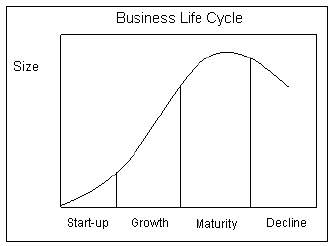A business should do more than provide the owner with a livelihood. In addition to fulfilling the owner’s passion it needs to achieve such value that the owner can sell it at exit time for a price that reflects the time and effort invested. After putting in 20, 30 or 40 years the business should be sold for enough to provide a comfortable retirement for the exiting owner. If not, then all the business did was to provide the owner with a job. Building a business should factor in an exit plan and converting into cash the value built up over the years.
At exit time because of age, lifestyle changes, and financial needs, business owners want to realize the value locked up in their business. Too often the offers they receive do not meet their expectations. This is a situation that could have been avoided.
The investment made in building a business over a generation is frequently several million dollars, and too often it cannot be sold quickly. So, to arrange for a quick sale, and to obtain a fair price much preparation should have been made over the years. The guide to such preparation may be examined here but there are four criteria that need to be met to obtain a quick sale and a high price.
- Sell when business is good
- Show prospective buyers a business that shows recent and steady growth in value
- Demonstrate high earnings especially in recent years
Sell when the Business Cycle is Favourable
Business conditions for a good sale are favourable when:
- Consumer demand for the product is high
- There are more buyers for this type of business than there are sellers
Create a business that shows recent and steady growth in value
- The business must show growing revenues
- The return on assets invested (ROA) should be attractive.
- The gross margins must reflect or surpass industry benchmarks.
- The payments made to the owners over the years should be generous.
Managing for growth is not a trivial undertaking. It requires financial, managerial, marketing, and visionary skills. It means much more than having the ability to make the product or deliver the service.
Demonstrate high earnings
Earnings should not be less than the industry benchmarks.
Lower earnings than industry average, imply poor management, inadequate vision and weak execution.
Low earnings will reduce the offered price by a buyer and place financial pressure on the seller.
Achieving the above three criteria for a successful exit is not trivial.
All the above require planning, a solid team, the ability to execute plans well, and not simply “managing by the seat of the pants”.
A successful exit will require financial, managerial, marketing, and visionary skills. It means much more than having the ability to make the product or deliver the service.
Learn how to prepare your business for the inevitable exit

